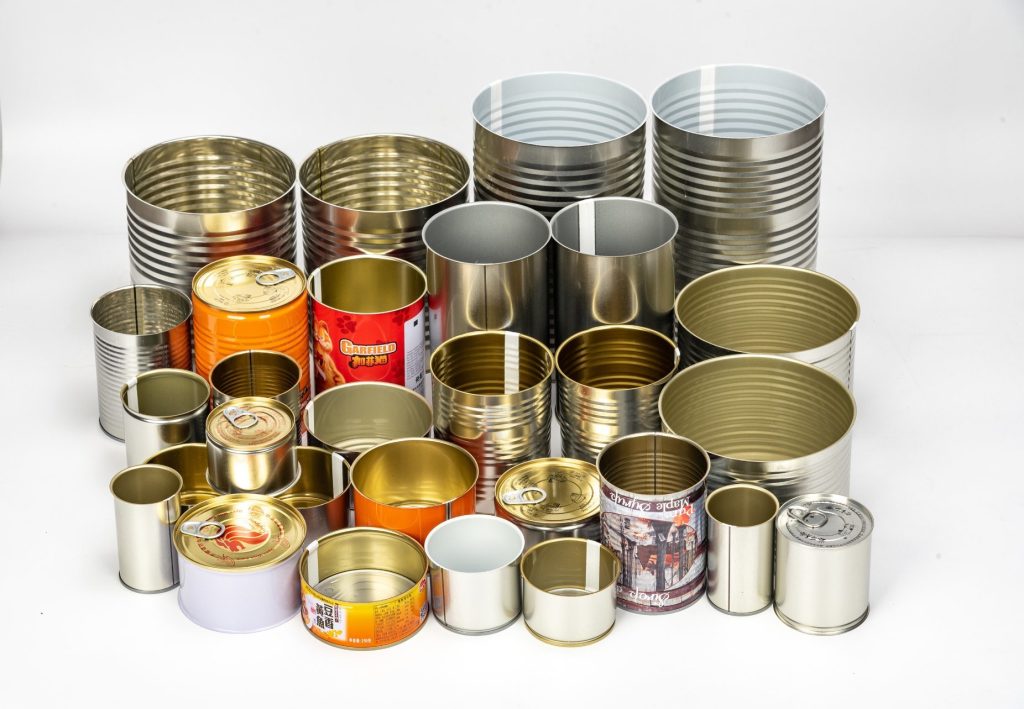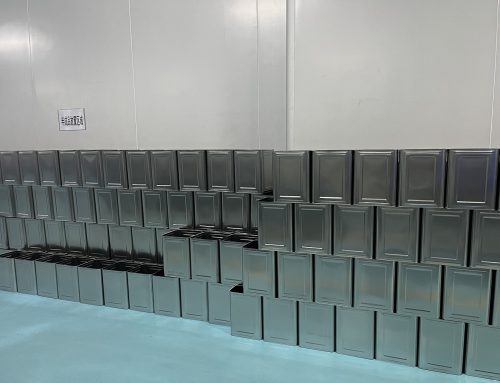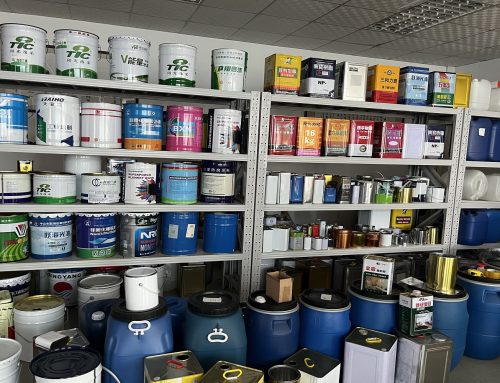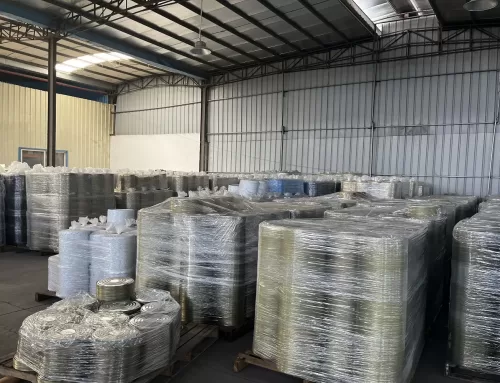PVC Organic Solvent-based Coatings
Polyvinyl chloride (PVC) resin is one of the four major synthetic materials in China (along with polyethylene, polypropylene, and polystyrene), known for its optimal cost-effectiveness. PVC resin offers the following advantages:
- Dense and impermeable film
- Excellent moisture resistance, salt spray resistance, and acid-alkali resistance
- Superior mechanical properties
- Non-toxic and odorless
- Wear-resistant with high hardness
- Low cost and wide availability of raw materials
However, PVC resin also has two major disadvantages:
- Poor heat resistance
- Poor processing properties
Nevertheless, PVC resin stands out among other materials due to its exceptional ease of modification. Therefore, its application areas are extremely broad, including the field of organic solvent-based coatings for food metal packaging. PVC organic solvent-based coatings are an example of such coatings.

As the name suggests, PVC organic solvent-based coatings are coatings where PVC dispersion resin solid particles are wetted and formulated into a paste-like substance using plasticizers and then diluted with organic solvents. Its greatest advantage is its high solid content, allowing for a single-coat application with a dry film weight of over 10g/m2, which is close to twice the amount of epoxy phenolic interior coatings. This results in significant energy savings and cost-effectiveness. In terms of performance, its outstanding feature lies in the excellent formability of the coating film under punching and deformation. It is commonly used as an easy-open lid interior coating for food and beverage cans, as well as an interior coating for two-piece cans (employing multiple drawing and ironing processes). The coating film can withstand multiple stretching and punching processes while still meeting various functional requirements of food metal packaging, including resistance to high-temperature baking discoloration, high-temperature sterilization, acid and sulfur resistance, strong adhesion to substrates, hygiene and safety, and storage stability. Therefore, it can be used for packaging various beverages and food products. PVC organic solvent-based coatings can also be used as adhesives for certain special applications, such as internal bonding of crown caps and twist-off caps, as well as internal repair coating for three-piece cans’ weld seams. Therefore, PVC organic solvent-based coatings are considered the “versatile player” in the field of food metal packaging coatings.
The “ability” of PVC organic solvent-based coatings is undoubtedly contributed by its main component, the PVC dispersion resin. In this case, we have chosen “PVC dispersion resin,” which is produced using a different process, namely, the micro-suspension or emulsion polymerization process, resulting in fine resin particle size. This resin can be directly dispersed into plasticizers and organic solvents for coating preparation, greatly simplifying the production process. This “PVC dispersion resin” is also widely used in the production of medical plastic containers, solvent-type paste-like sealants, and synthetic leather products.
To overcome the inherent disadvantages of PVC resin materials and further improve corrosion resistance, like other PVC coatings, organic solvent-based coatings often require the addition of heat stabilizers, plasticizers, resins, crosslinking agents, and other additives.
The PVC dispersion resin, after high-speed dispersion and uniform dispersion in other components, is applied to the metal substrate using a roll coating process (spraying for internal seam repair coating), followed by high-temperature baking. After the coating is melted, it cures and forms a film.
To fully utilize its functions, the following points should be noted during on-site application:
- The coating should be thoroughly stirred before each use to ensure no sedimentation.
- Set appropriate baking parameters, especially avoiding overbaking and scorching.
- Use dedicated diluents and add them slowly while stirring the coating.
- Strictly follow the process requirements during coating to achieve the specified dry film weight, especially avoiding insufficient coating.
- Pay attention to the coating sequence. Like other interior coatings, it is best to arrange it as the final coat.
- Before conveying the coating during application, the coating machine should be thoroughly cleaned, including doctor blade slots, material tanks, and conveying pump systems, to avoid contamination with foreign materials.
- Maintain ventilation in the coating area and wear appropriate personal protective equipment.




